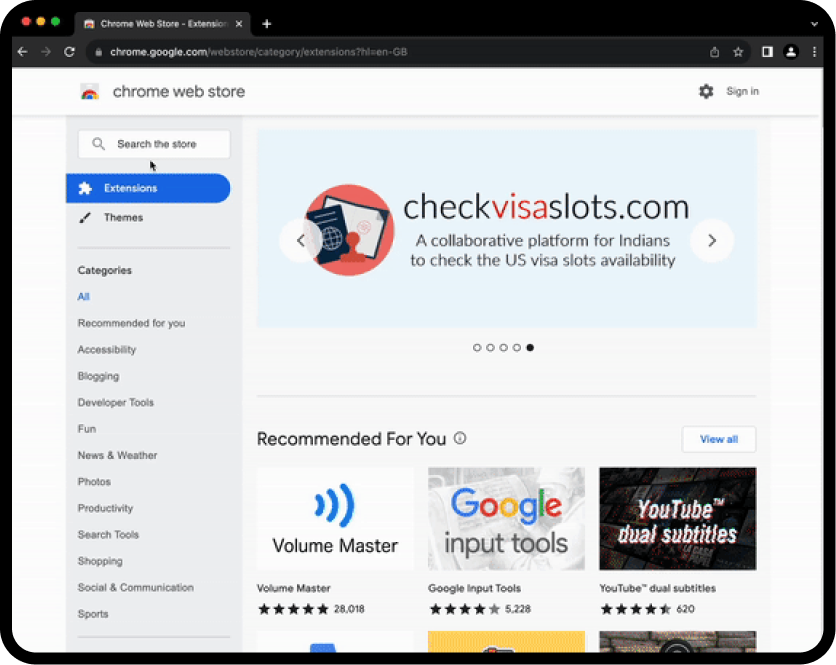Image Format Converter
Converts image files between JFIF, EM, and PNG formats for designers, developers, and content teams needing web-ready or archival image formats.

Check It Yourself
About This Tool
This converter enables re-encoding of raster images between JFIF (JPEG-based), EM, and PNG. It targets digital asset managers, web developers, designers, and content creators who must adapt assets for multiple delivery pipelines, platforms, or archival storage. By standardizing formats, teams reduce bottlenecks and ensure compatibility across web, print, and archival systems. Use cases include adapting client-provided images for web galleries or CMS uploads.
Conceptually, the tool validates the input file, detects the source format, and re-encodes to the selected target. It preserves image dimensions and color depth where the target supports them, and it applies quality controls and optional DPI metadata when available. The process creates a new asset while leaving the original unchanged, enabling safe experimentation across formats without manual re-export steps. It is designed for scripting and batch automation in content workflows, with deterministic outputs and simple fallbacks for unsupported feature transfers.
Common use cases include web optimization (PNG for transparency or JPEG for smaller sizes), client proofs for presentations, CMS-friendly assets, and archival storage. The tool supports preserving color profiles and alpha channels where possible and can be used in batch operations for multiple assets in a single run. The workflow emphasizes predictable outputs and auditability for asset pipelines. Unique value lies in explicit handling of capability differences, proactive error checks for unsupported feature transfers (such as transparency loss when converting to JPEG), and deterministic outcomes suitable for automation. The tool reports output size, preserves essential metadata where possible, and avoids in-place edits to source files, supporting reproducible conversions in team environments.
How to Use
1. Provide inputs by uploading the source image and selecting source_format and target_format.
2. Optionally adjust quality, DPI, and transparency settings as supported by the target format.
3. Run the conversion to produce the output asset.
4. Download the converted image and verify format, dimensions, and file size.
5. If needed, repeat for additional files or batch conversions.

FAQs/Additional Resources
Find Quick Answers
Which formats are supported?
Will transparency be preserved?
Can I convert multiple files at once?
What metadata is kept?
User Reviews
See What Others Are Saying
Explore Related Tools
More Solutions for Your Needs
KML to SHP Converter
A GIS data converter that transforms KML files into SHP format for GIS analysts, planners, and developers seeking reliable geospatial data interoperability.
Km to Miles Converter
Convert kilometers to miles quickly and accurately for travelers, students, and logistics professionals who need reliable distance measurements.
Your Feedback Matters
Help Us to Improve

 Norwegian
Norwegian
 Danish
Danish
 German
German
 English
English
 Spanish
Spanish
 French
French
 Italian
Italian
 Dutch
Dutch
 Portuguese
Portuguese
 Swedish
Swedish
 Hebrew
Hebrew
 Arabic
Arabic









